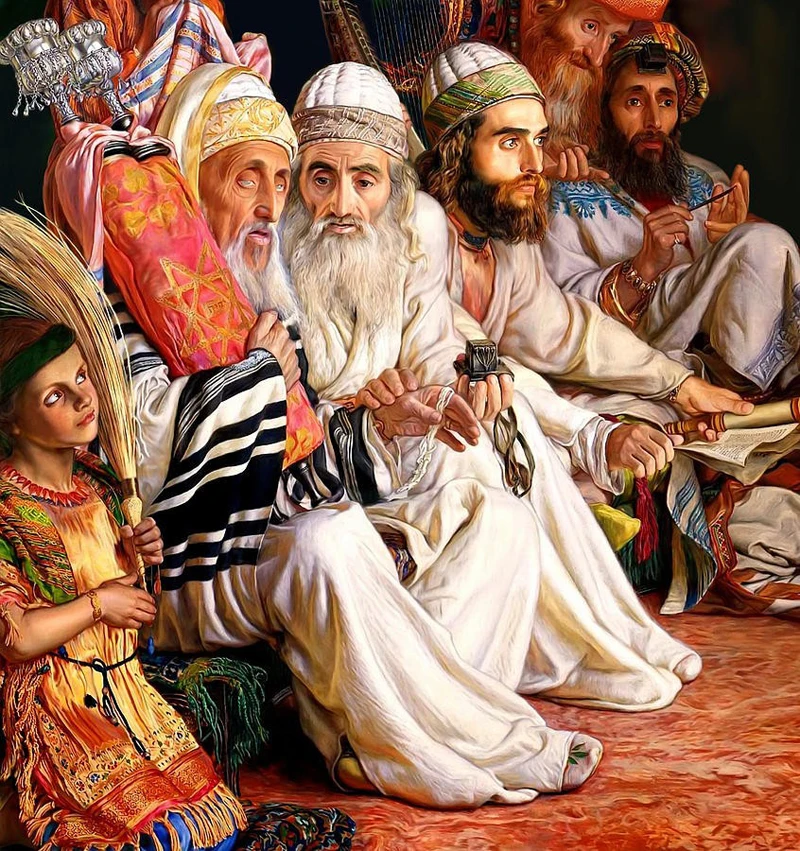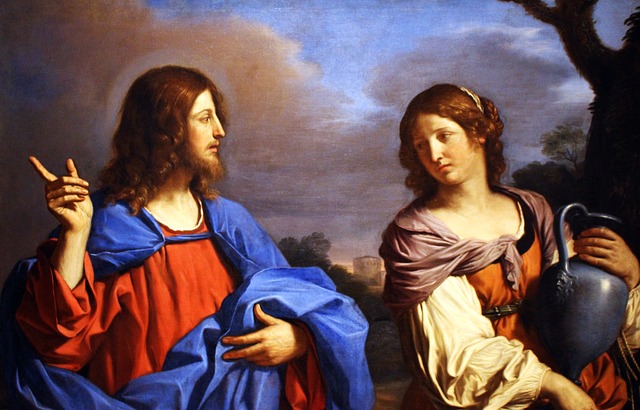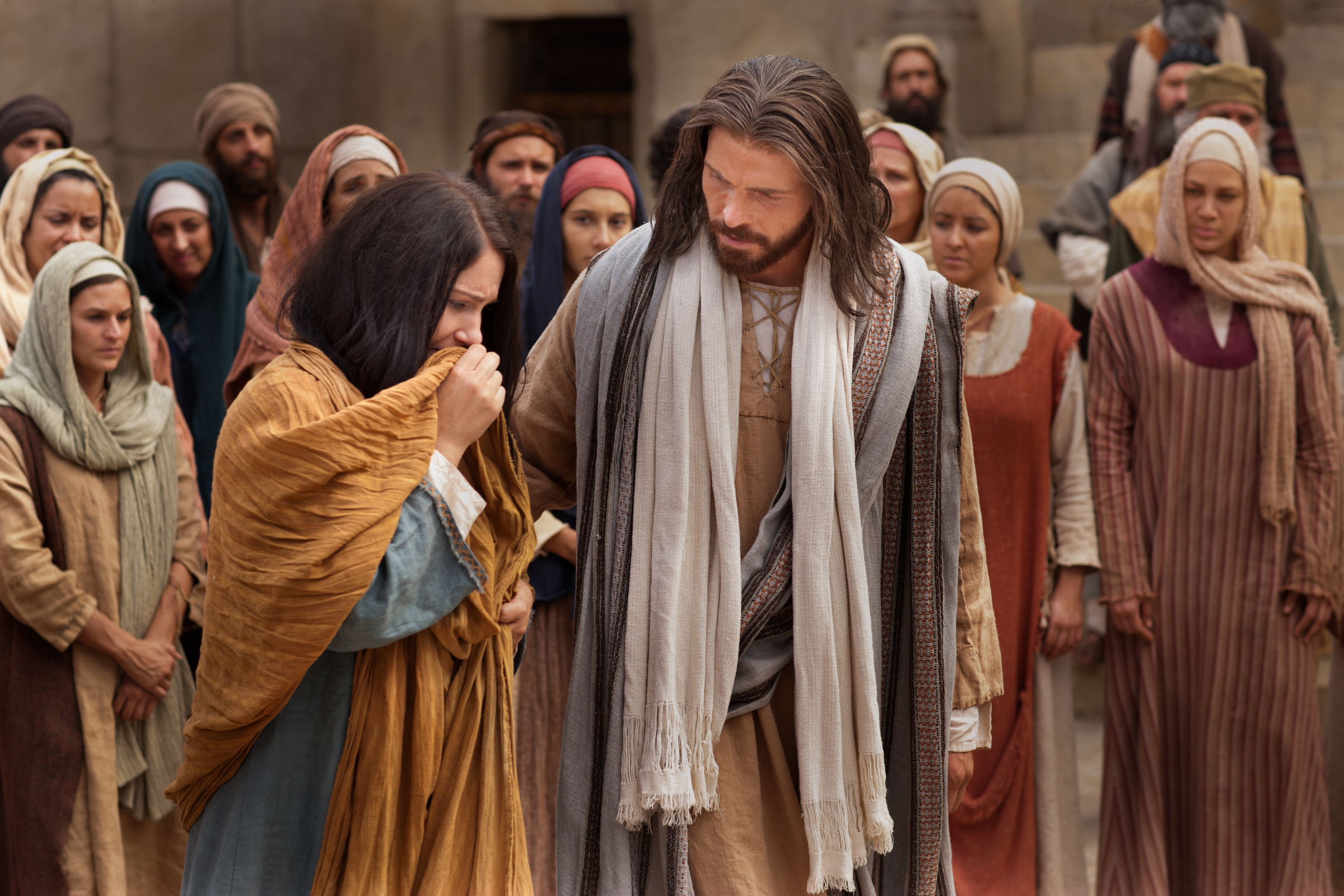Jesus, women and Luke 8

The Gospels show us not only who Jesus is but how Jesus loves his people. Jesus moved toward the women in his life with kindness and love. Don't misinterpret this!
A number of women travelled with Jesus and “were helping to support them out of their own means” [Luke 8:2]. A cursory reading of this passage could overlook the fact that there were many others travelling with Jesus besides the three named women: “. . . and also some women who had been cured of evil spirits and diseases: Mary (called Magdalene), from whom seven demons had come out; Joanna, the wife of Cuza, the manager of Herod’s household; Susanna; and many others” [Luke 8:3]. The gender of “many others” in the Greek text is feminine, so there is no mistaking the fact that these were women.
This fact is of extraordinary significance.

In Judaism, women were exempt from learning the Torah. They might learn a great deal informally, as they did through synagogue teaching, but a woman would not on her own to enter into an association with a rabbi to become his disciple.
Further, women were not to be in close association with men, and it would be unheard of for women to travel with a rabbi. In addition, the idea of a woman assuming fiscal responsibility and having discretionary power over her own funds is an ideal that, in biblical literature, is found only in Proverbs 31.
It is not known how many of these women were married. One of them was, but presumably, Mary Magdalene was not.
This scene of travelling men and women, however, is a reminder of Jesus’ words about the cost of discipleship. He said that everyone who has left houses or brothers or sisters or mother or father or children for his sake will receive many times as much in return. This statement is found in several locations in the Gospels.

In Luke’s account the word “wife” occurs, but the word “husband” does not occur in any of the accounts. In another passage, Jesus spoke about those who make themselves eunuchs for the sake of the kingdom.
Putting all of this together, it is clear that Jesus signalled the disruption of the close-knit interdependent family. From now on there would be those—initially, primarily men, but, already in Jesus’ own lifetime, women as well—who were willing for at least some period of time to be away from that family structure.

While it may seem that the idea of celibacy, which is certainly involved here, is a restrictive mode of life, in Jesus’ day, it was quite the opposite.
The expected norm was for men and women to be married and raise children. By teaching celibacy as a legitimate (though not a higher) mode of life, Jesus was freeing people from the responsibilities of marriage, freeing them to serve him. . . .yet this issue is not to be legislated as some have done.

This is not to suppose that the married people . . . necessarily broke with their families in order to accompany Jesus on his itinerant ministry. This travelling group of women thus testifies to the advance in Jesus’ ministry over Jewish limitations of women. The inclusion of this in Luke also testifies to his appreciation of Jesus’ position in this regard.

